‘How do you keep people in addiction treatment?’ We don’t. Recovery does

We’re often asked by concerned loved ones, “How do you keep people in addiction treatment?” It’s a legitimate concern on the part of loved ones, many of whom are exhausted after months, if not years, of worry, anger, fear, sadness and rage. Addiction is a family disease, meaning that the addict makes everyone around them “sick,” in a sense. Urging an addict or an alcoholic to get the help they need for their problem is often a long and drawn-out process that can involve numerous setbacks, and sometimes family members bring their addicted loved one to us unconvinced that treatment will actually work.
It can, of course, and to those family members we say this: Cornerstone of Recovery provides the best opportunity for anyone who has the willingness to address the problems that have caused so much havoc in their lives. And willingness can take many forms: An addict or an alcoholic may not want to come to a drug and alcohol treatment center, and they may express vociferous displeasure at having to go to one, even while recognizing that they need to go to one.
Recognition of that need is a far cry, however, from following through on it. And that’s where the concern of loved ones can cause them so much anxiety. What, they wonder, can be done to stop the addicts or alcoholics in their lives from sabotaging the process? In other words, they often ask us, “How do you keep people in addiction treatment?”
‘How Do You Keep People in Addiction Treatment?’ Willingness Is the Key
 Willingness is the building block upon which an individual’s treatment stay at Cornerstone is constructed. Because we’re not a lockdown facility, we don’t hold patients here against their wills. In our opinion, forced treatment isn’t conducive to a desirable outcome, and while certain circumstances such as legal ramifications may mean that some of our patients come to us under duress, they still have a choice, which is at the heart of successful sobriety. Recovery is about returning those in a state of helplessness, hopeless and powerlessness to a position in which they have control over their actions and decisions, and some of the first decisions they’re able to make as newly recovered individuals is whether to leave before the miracle happens … or stay and get better.
Willingness is the building block upon which an individual’s treatment stay at Cornerstone is constructed. Because we’re not a lockdown facility, we don’t hold patients here against their wills. In our opinion, forced treatment isn’t conducive to a desirable outcome, and while certain circumstances such as legal ramifications may mean that some of our patients come to us under duress, they still have a choice, which is at the heart of successful sobriety. Recovery is about returning those in a state of helplessness, hopeless and powerlessness to a position in which they have control over their actions and decisions, and some of the first decisions they’re able to make as newly recovered individuals is whether to leave before the miracle happens … or stay and get better.
That’s not to say that we don’t take every precaution we can to ensure that they stay. A patient’s decision to leave A.M.A. — against medical advice — begins long before he or she physically departs our facility, and when we become aware of a patient’s desire to leave, we immediately take steps to prevent that departure through a number of means other than physically restraining them. Patients who decide to leave treatment while still in our Medical Detox program and under the influence of comfort medication that may impair their ability to drive won’t have their car keys returned until the time when such medication wears off, and if they make the decision to depart on foot, we’re obligated to call local law enforcement in order to safeguard their personal well-being.
Of course, that’s not the preferred method of keeping people in treatment. Our philosophy is based on a humane, empathetic and respectful approach that lets addicts and alcoholics know we understand them, and more importantly that we want to help them — because they suffer from a legitimate, medically recognized illness, not a moral deficiency.
To that end, our clinical staff members have a great deal of experience in A.M.A. blocking, as we call it — meaning they immediately notify the patient’s treatment team members, and discussions are initiated to convince them of the wisdom of staying. We point out the consequences that may occur if they leave in an attempt to help them overcome the impulsivity to make a rash decision, and this often produces incredibly effective results. Many times, individuals who want to leave A.M.A. are upset about something in the moment that becomes a much greater deal in their heads than it actually is in reality, and the conversations they have with concerned staff members help them with the perspective they need to keep from turning impulsive thinking into impulsive action.
‘How Do You Keep People in Addiction Treatment?’ It’s a Team Effort
 One of the biggest obstacles to keeping patients under our care, however, is the decision by family members to “enable” the patient — meaning that someone who wishes to leave can often, with a single phone call, manipulate the emotions of loved ones until those loved ones decide, out of concern, that they have no other choice than to pick the patient up and assist them in their decision to leave A.M.A. We often see that when those loved ones set firm boundaries and refuse to enable their decision, they’re left with little choice but to stay.
One of the biggest obstacles to keeping patients under our care, however, is the decision by family members to “enable” the patient — meaning that someone who wishes to leave can often, with a single phone call, manipulate the emotions of loved ones until those loved ones decide, out of concern, that they have no other choice than to pick the patient up and assist them in their decision to leave A.M.A. We often see that when those loved ones set firm boundaries and refuse to enable their decision, they’re left with little choice but to stay.
Of course, we recognize that it’s an agonizing position for parents or spouses or children or any family member to be placed in, and addicts and alcoholics are, by the very nature of their illness, master manipulators. Our promise to family members is this: If they’re in our care, they are safe, and we will do everything in our power to keep them that way. They may not like the food, the staff, the medications, the furnishings, the decor, the schedule … and we freely admit that we work hard every day to improve everything about our treatment process. But the vast majority of the time, what they’re unhappy with is the decision to give up alcohol and drugs. That’s an incredibly painful process for any addict or alcoholic, because the disease itself is so insidious that the initial stage of getting clean and sober feels like a painful, heartbreaking divorce, and often the thought of going through that divorce terrifies them.
Of course, that may make the entire process seem even more uncertain, and your concerns aren’t without merit: “How do you keep people in addiction treatment?” With a lot of patience, concern, kindness and understanding. For addicts and alcoholics who loathe themselves and think they’re unworthy of such compassion, those are emotions they may not have experienced in a long time, and they often recoil from it at first.
But it’s worth mentioning again: Cornerstone of Recovery, as well as our sister facility Stepping Stone to Recovery, are not a lockdown facilities, and we don’t hold anyone against his or her will. If someone is determined to leave treatment, sometimes our best efforts to convince them otherwise fall short. And on occasion, they sometimes make those decisions without telling anyone. We have a night shift security staff that keeps an eye on the patient population, as well as on the campus as a whole, but their job is to safeguard the community from natural disasters, outside influences and safety hazards.
They’re not de facto police officers, and while they’re also trained in A.M.A. blocking, they don’t “chase down” anyone who decides to leave in the middle of the night. They may be obligated to contact the police if a patient leaves A.M.A. and is in violation of a court order to remain in treatment, but they’re not charged with detaining anyone against his or her will.
Finally: It’s All About Community
 “So how DO you keep people in addiction treatment?” In our experience, the biggest impediment toward the abrupt departure of a patient is the community of peers with whom he or she is engaged in treatment. Peer support is an incredibly effective tool in addiction and alcoholism treatment, and the overwhelming majority of our patients find a bond between themselves and their peers that’s unlike anything they’ve ever experienced outside of rehab. It’s a brotherhood (or a sisterhood), almost, in which the mood and morale of the group is often contingent on the individuals who make it up, and the obligation they feel toward their peers is often a powerful motivator to remain in treatment.
“So how DO you keep people in addiction treatment?” In our experience, the biggest impediment toward the abrupt departure of a patient is the community of peers with whom he or she is engaged in treatment. Peer support is an incredibly effective tool in addiction and alcoholism treatment, and the overwhelming majority of our patients find a bond between themselves and their peers that’s unlike anything they’ve ever experienced outside of rehab. It’s a brotherhood (or a sisterhood), almost, in which the mood and morale of the group is often contingent on the individuals who make it up, and the obligation they feel toward their peers is often a powerful motivator to remain in treatment.
Finally, what we see more than anything else is what’s known in recovery parlance as “the therapeutic value of one addict helping another.” The majority of our clinical staff members are in recovery themselves from alcoholism and addiction, and while they’re charged with supervising, counseling and leading the groups of patients under their care, that’s a powerful equalizer that allows respect to flow in two directions. It’s difficult for patients to open up, trust and take the suggestions of therapists and counselors who approach their jobs from a purely academic standing. It’s a much different experience to recognize a kindred spirit — someone who’s also sat in a jail cell or lived in the miserable loneliness of addiction and has an all-too-keen understanding of just how dark those places can be. As a former employee of ours liked to point out, “How can I tell you about the war if I haven’t been in the foxhole?” At Cornerstone of Recovery, we’re intimately familiar with the foxholes that dot the battlefields of addiction and alcoholism, and we like to think that the patients in our care respect the fact that we’ve found our way to peace and want to help them do the same.
The bottom line is that outside of a rehabilitation center associated with a jail or prison, Cornerstone of Recovery offers the best chance that someone won’t just come here to get clean and sober, but will stay here because the experience proves transformational and life-changing. It has for thousands of addicts and alcoholics since our doors opened in 1989, and it can for anyone who suffers. “How do you keep people in addiction treatment?” We don’t. The recovery process does. All it takes is the willingness on the part of those who seek our help to give the process a chance.





